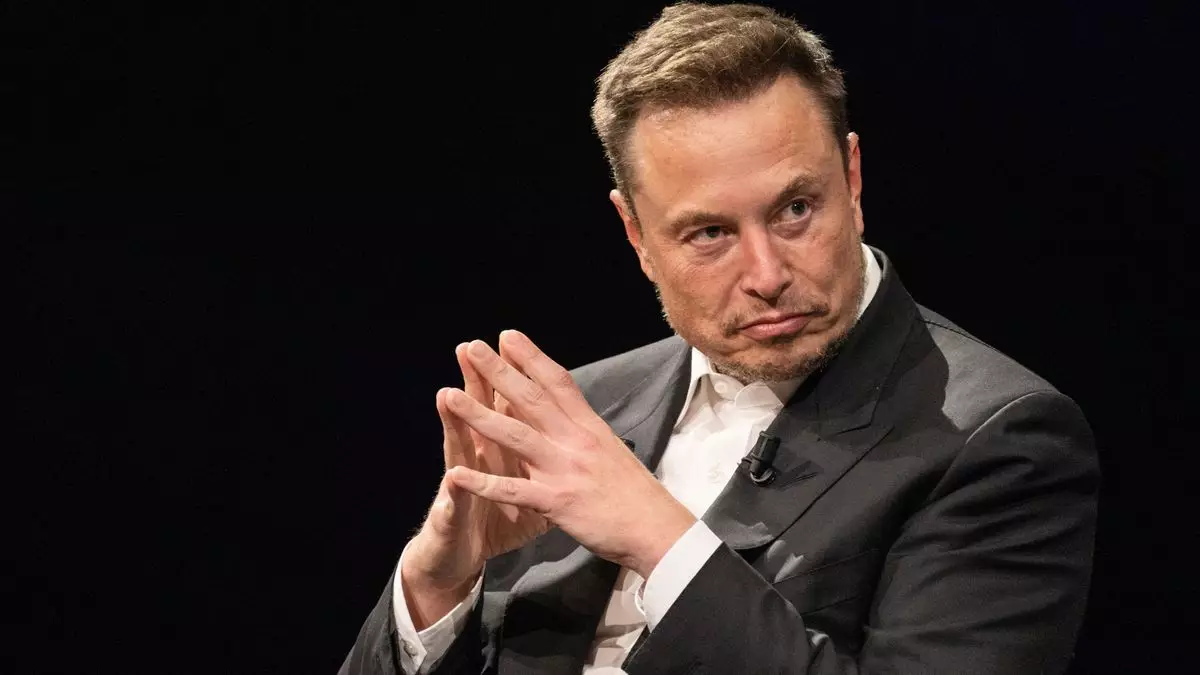When it comes to training large language models, the common belief is that the main obstacle is a shortage of GPUs, particularly Nvidia’s dominant chips that are highly sought after by AI companies. However, tech entrepreneur Elon Musk has a different perspective on the issue. According to Musk, the real problem lies in the availability of power rather than the availability of GPUs. In fact, Musk predicts that the next generation of the AI model from his startup xAI will require a staggering 100,000 of Nvidia’s H100 GPUs for training. This poses a significant challenge not only in terms of acquiring such a large number of GPUs but also in managing the immense power consumption associated with them.
Each Nvidia H100 GPU consumes a peak power of 700W, meaning that training the model with 100,000 of these GPUs would require a peak power of 70 megawatts. While it is unlikely that all 100,000 GPUs would be running at full load simultaneously, the overall power consumption for training the model would still exceed 100 megawatts. To put this into perspective, this level of power consumption is comparable to that of a small city or a fraction of what the entire city of Paris consumes in data center operations.
It is important to note that the power consumption estimates mentioned above are only for the GPUs themselves. In reality, training large language models involves a myriad of supporting hardware and infrastructure components that further compound the power requirements. This means that the total power consumption for training a single large language model could potentially exceed the estimates based on GPU power consumption alone.
During an interview with Norway wealth fund CEO Nicolai Tangen, Musk emphasized that while the scarcity of GPUs remains a significant bottleneck in AI model development, the availability of sufficient electricity is becoming an increasingly limiting factor. Musk went on to predict that artificial general intelligence (AGI) would surpass human intelligence within the next two years, defining AGI as intelligence superior to that of the most intelligent human being. However, it is worth noting that Musk’s past technological predictions have not always been accurate, such as his projections on the timeline for self-driving cars and the control of Covid-19.
The unprecedented increase in the number of GPUs required for training successive generations of AI models, as seen in the transition from Grok 2 to the upcoming Grok 3 model, raises concerns about the scalability of such systems. In the case of xAI’s models, the jump from 20,000 H100 GPUs for Grok 2 to 100,000 H100 GPUs for Grok 3 signifies a five-fold increase in GPU count. This exponential growth in both GPU requirements and power consumption implies a trend that is not sustainable in the long term, highlighting the urgent need for more energy-efficient solutions in AI model training.
While the shortage of GPUs is a well-known challenge in the field of training large language models, the escalating power consumption associated with these models poses an equally significant obstacle. As AI models continue to evolve and demand more computational resources, addressing the power constraints will be crucial in ensuring the sustainability and efficiency of AI model training processes. Elon Musk’s warnings regarding the impending power crisis in AI development serve as a stark reminder of the need for innovative solutions to mitigate the environmental impact of these technologies.


Leave a Reply